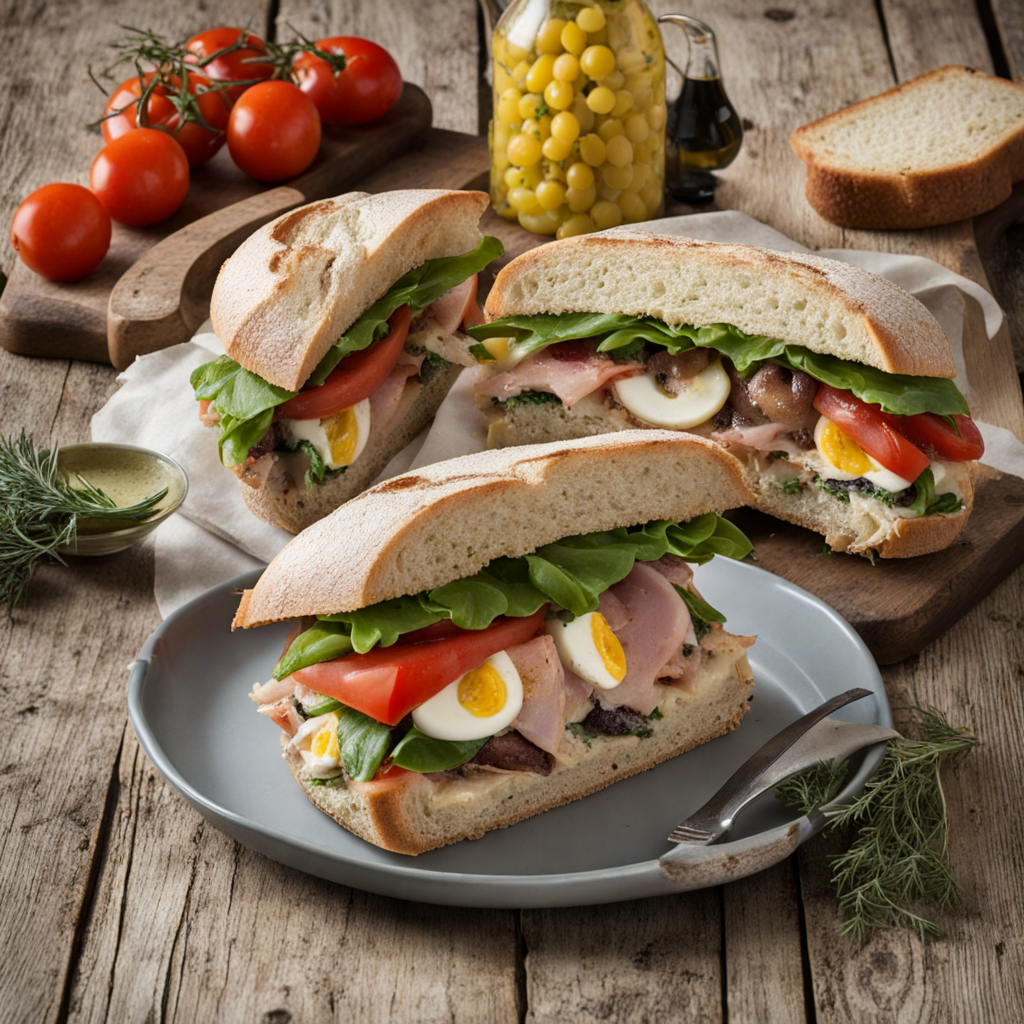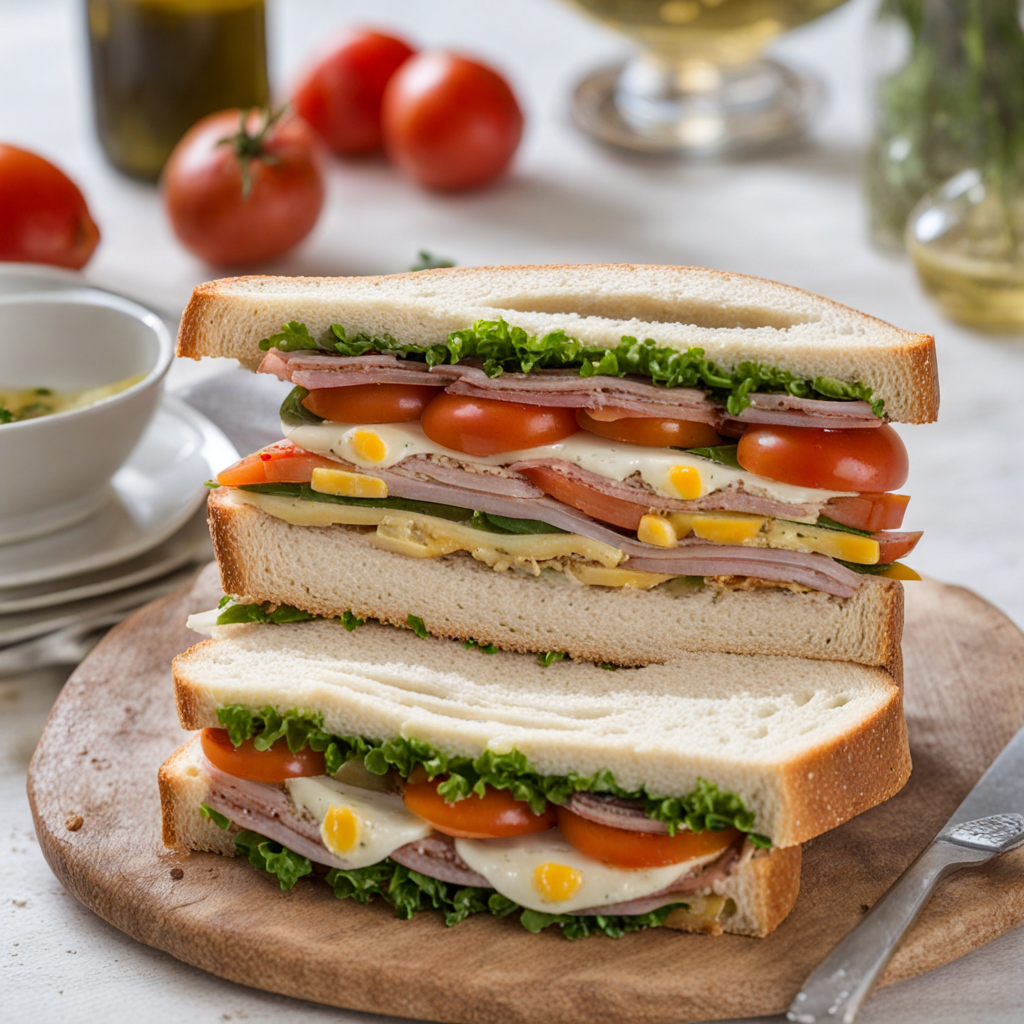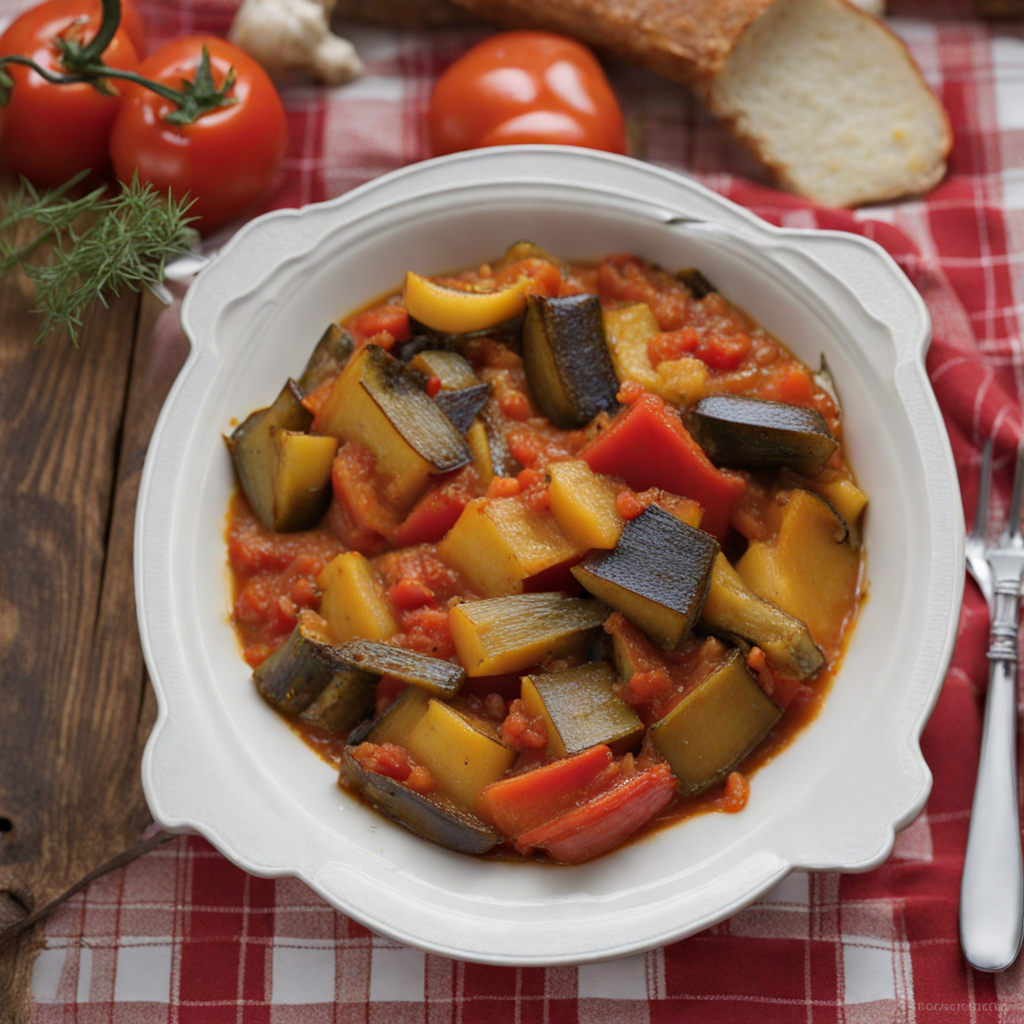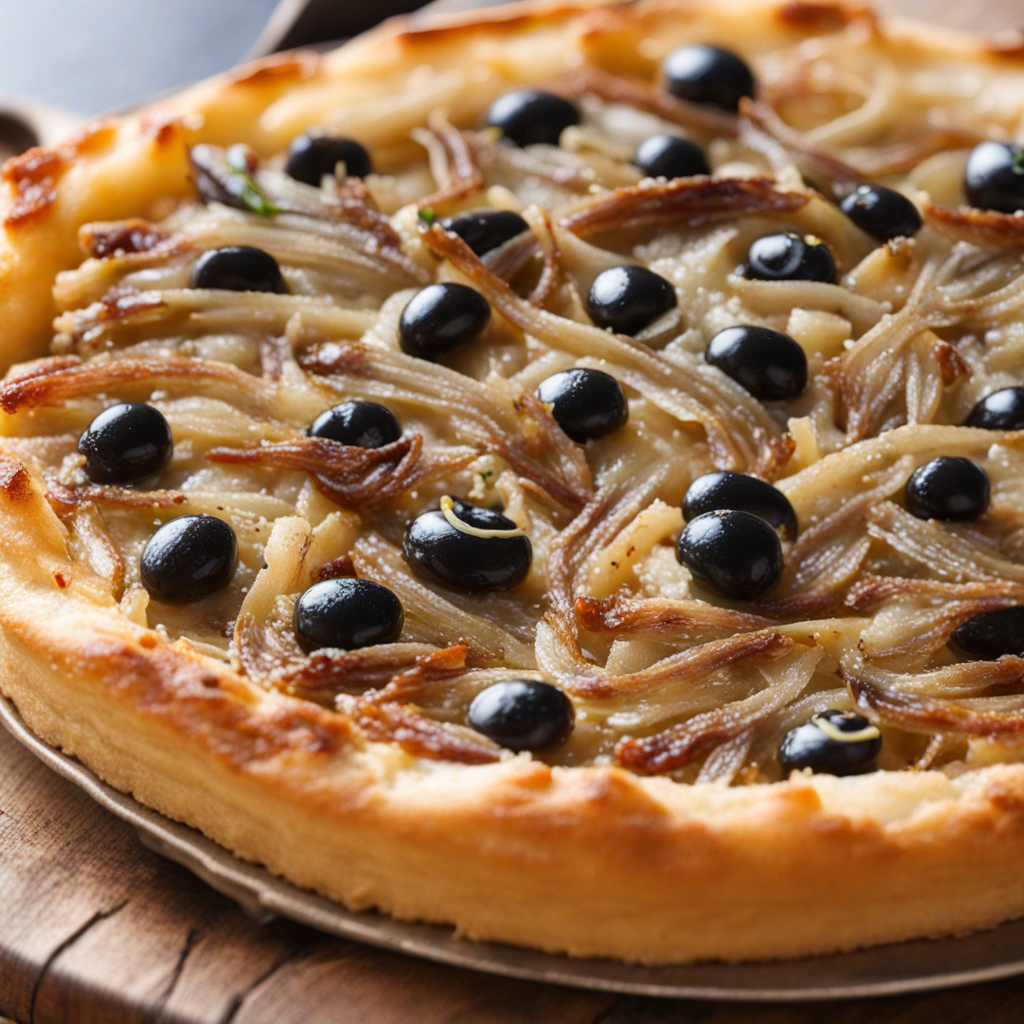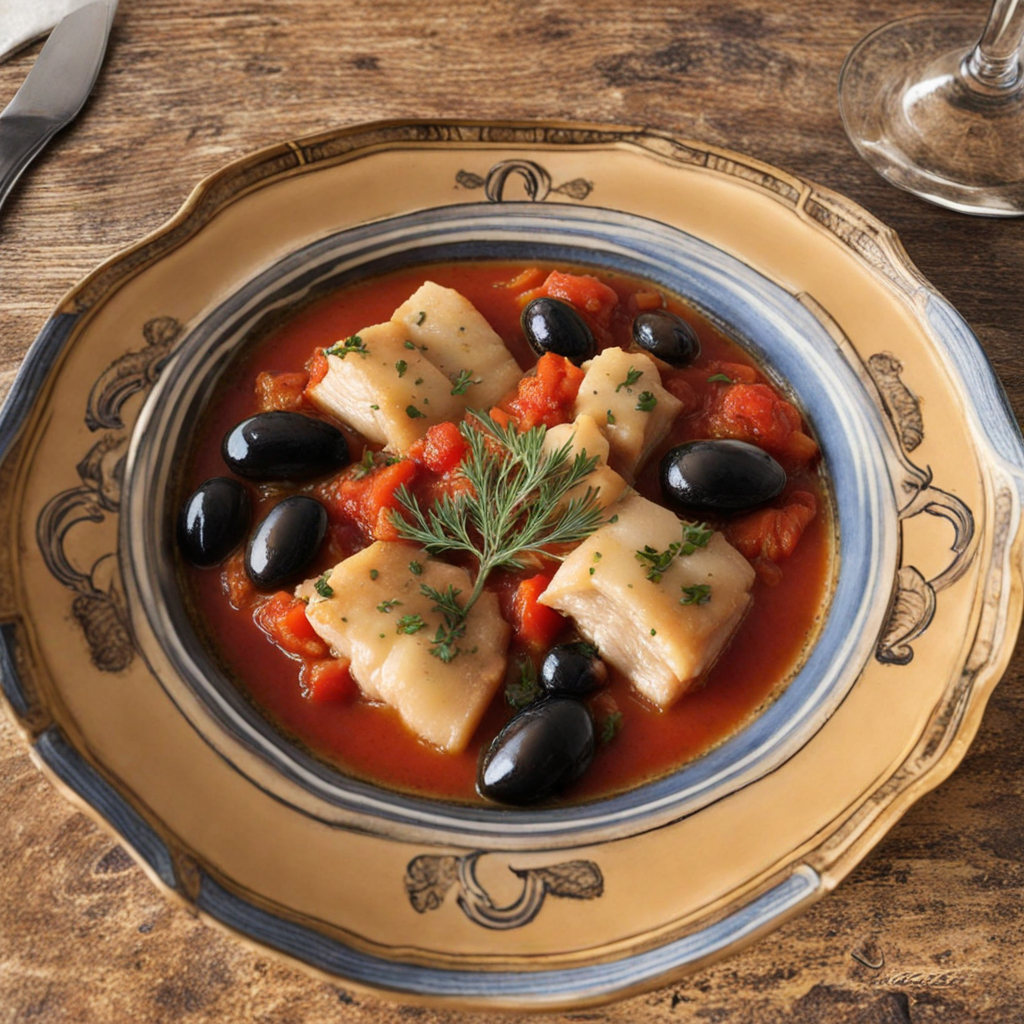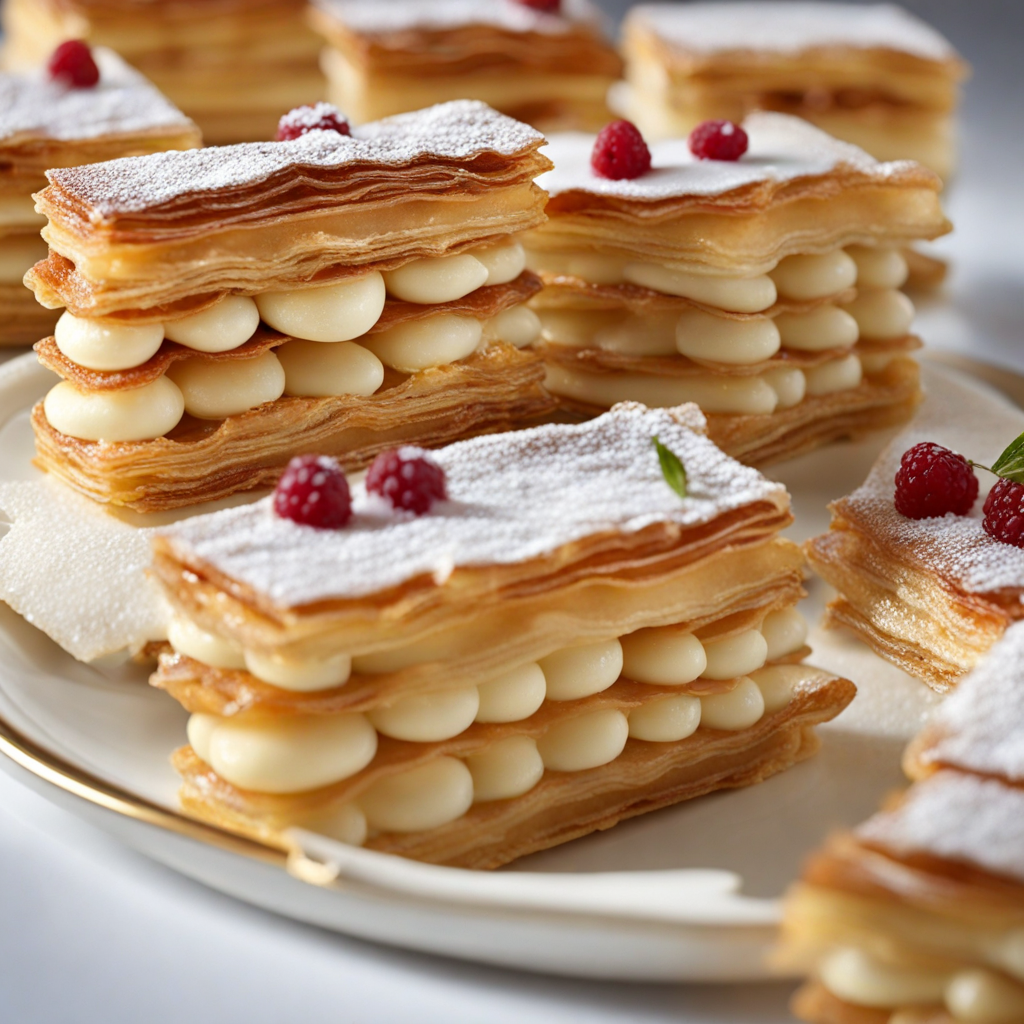Pan Bagnat
Pan Bagnat is a traditional sandwich that hails from the French Mediterranean region, particularly associated with the city of Nice, which is located just a stone's throw from Monaco. Its name translates to "bathed bread," a reference to the way the bread is soaked in a dressing made from olive oil and vinegar, allowing the flavors to meld beautifully. This dish embodies the essence of Mediterranean cuisine, showcasing fresh ingredients and a harmonious balance of flavors. The history of Pan Bagnat dates back to the late 19th century when it was a staple food among fishermen and laborers in the region. It was originally created as a convenient meal that could be easily transported and eaten on the go. The sandwich is said to have roots in the Niçoise salad, which features similar ingredients. Over the years, Pan Bagnat has evolved into a beloved dish not only in Nice but throughout the French Riviera, including Monaco, where it has become a popular choice among locals and tourists alike. The flavor profile of Pan Bagnat is vibrant and refreshing, with a delightful combination of textures. The olive oil dressing infuses the bread with a rich, fruity flavor, while the fresh vegetables and proteins provide a crispness that contrasts beautifully with the tender bread. The sandwich is typically filled with ingredients such as tuna, hard-boiled eggs, anchovies, olives, tomatoes, and various other seasonal vegetables. The combination of these components creates a symphony of taste, from the brininess of the
How It Became This Dish
The History of Pan Bagnat: A Culinary Jewel of Monaco Pan Bagnat, a delightful and hearty sandwich, is a beloved culinary creation that hails from the sunny Mediterranean coast, particularly associated with the vibrant city of Nice in the French Riviera. While it is often linked to the broader Provençal cuisine, its significance is deeply rooted in the cultural tapestry of Monaco as well. With a history steeped in both tradition and innovation, Pan Bagnat serves as a delicious emblem of the region’s gastronomic heritage. #### Origins of Pan Bagnat The origins of Pan Bagnat can be traced back to the 19th century, although the exact date of its inception remains elusive. The name "Pan Bagnat" translates to "wet bread" in the local Niçoise dialect, which aptly describes the preparation method of the sandwich. Traditionally, it is made with a round loaf of bread, often a rustic country-style bread, that is hollowed out and generously filled with flavorful ingredients. The sandwich is filled with a medley of ingredients that reflect the bountiful produce of the Mediterranean. A classic Pan Bagnat typically includes tuna (often preserved in olive oil), hard-boiled eggs, black olives, capers, tomatoes, and a variety of fresh vegetables like lettuce and bell peppers. The ingredients are drizzled with olive oil, and sometimes a splash of vinegar, giving it a moist and flavorful profile. The sandwich is then wrapped and allowed to sit for a while, allowing the flavors to meld and the bread to absorb the juices, hence the name. While its exact origins are somewhat nebulous, it is widely believed that Pan Bagnat emerged as a food for the fishermen of Nice. These men, who spent long hours at sea, needed a nourishing and portable meal that could withstand the rigors of their work. The combination of protein from the tuna and eggs, healthy fats from the olive oil, and carbohydrates from the bread made Pan Bagnat an ideal sustenance for their demanding lifestyle. #### Cultural Significance Pan Bagnat is much more than just a sandwich; it is a cultural artifact that embodies the spirit of the Mediterranean lifestyle. The dish is emblematic of the Niçoise culinary tradition, which is characterized by its emphasis on fresh, local ingredients and bold flavors. It reflects the region's agricultural bounty, where fruits, vegetables, and seafood are abundant, and the importance of communal dining and shared meals. In Monaco, the sandwich's cultural significance is intertwined with the principality's own culinary identity. The proximity of Monaco to the French Riviera means that the culinary traditions of Nice have naturally influenced the region. The Pan Bagnat is often enjoyed during picnics, at beach outings, and during leisurely meals with family and friends. The ease of preparation and the ability to customize the filling make it a popular choice for both locals and tourists alike. The sandwich is also a testament to the Mediterranean diet, recognized by UNESCO as an Intangible Cultural Heritage of Humanity. This diet emphasizes the consumption of fresh fruits and vegetables, whole grains, legumes, and healthy fats, primarily from olive oil, making Pan Bagnat a nutritious choice that aligns with these principles. #### Development Over Time As with many traditional dishes, the evolution of Pan Bagnat reflects changes in culinary practices and societal trends over time. In the early 20th century, as tourism began to flourish in the French Riviera, Pan Bagnat gained popularity beyond its humble origins. Restaurants and bistros in Nice began to feature the sandwich on their menus, catering to visitors eager to sample authentic local cuisine. The post-World War II era saw a resurgence of interest in regional foods across France, and Pan Bagnat was no exception. As the French gastronomic scene evolved, chefs began to experiment with the traditional recipe, introducing variations that incorporated local ingredients and modern cooking techniques. For example, while the classic version remains popular, variations might include the addition of roasted peppers, artichokes, or even different types of fish, reflecting contemporary tastes and dietary preferences. The popularity of Pan Bagnat also spread beyond the borders of France and Monaco, reaching food enthusiasts and travelers around the world. Its reputation as a quintessential Mediterranean dish made it a staple in Mediterranean-themed restaurants and cafes, where it is often served alongside other regional specialties such as ratatouille and socca (a chickpea pancake). #### Pan Bagnat Today Today, Pan Bagnat is celebrated as a symbol of Monegasque and Niçoise cuisine, often featured at local markets, beachside cafes, and informal gatherings. In Monaco, where culinary excellence is a point of pride, the sandwich has found its place in gourmet establishments as well, often presented with a modern twist that showcases the chef’s creativity while honoring traditional flavors. The sandwich has also adapted to contemporary dietary trends, with vegetarian and vegan versions gaining popularity. These variations may use ingredients like marinated tofu or chickpeas in place of tuna, allowing those with different dietary preferences to enjoy a taste of this beloved dish. In addition, Pan Bagnat has been embraced by the global food movement, with food bloggers and chefs highlighting its simplicity and versatility. The sandwich's ability to be prepared ahead of time makes it a favorite choice for meal prep enthusiasts, who appreciate its flavor and convenience. #### Conclusion Pan Bagnat stands as a delicious testament to the rich culinary heritage of Monaco and the surrounding French Riviera. Its origins reflect the practical needs of fishermen, while its evolution showcases the adaptability and creativity of chefs and home cooks alike. As a dish rooted in fresh, local ingredients and communal traditions, Pan Bagnat continues to hold a cherished place in the hearts of locals and visitors. Whether enjoyed on a sunlit beach, at a bustling market, or as part of a festive gathering, Pan Bagnat remains a true culinary gem of the Mediterranean, inviting all to savor the flavors of this enchanting region.
You may like
Discover local flavors from Monaco


